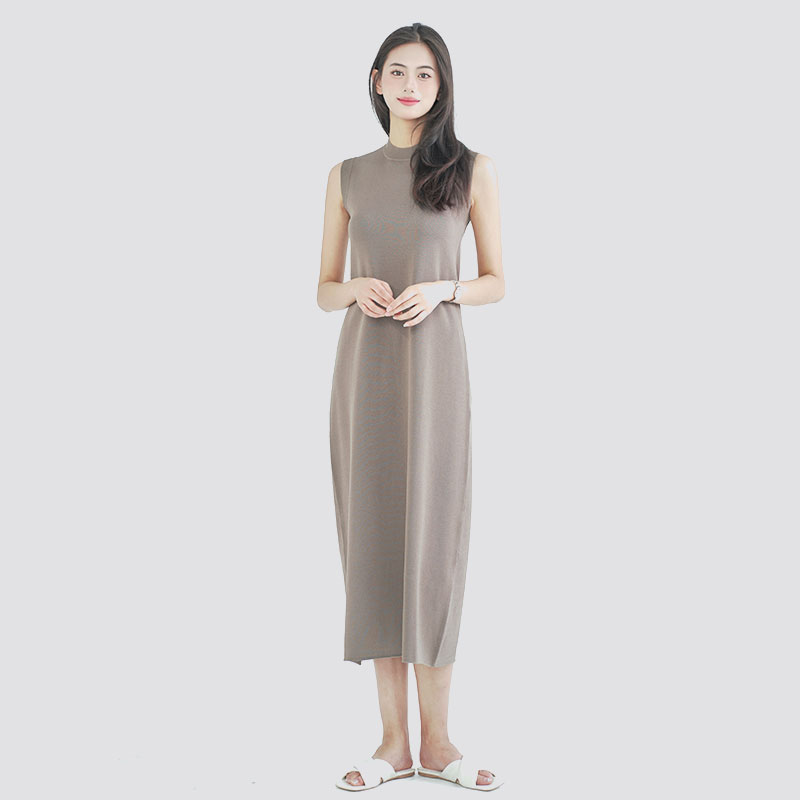What advancements in knitting technology have improved the efficiency and quality of producing long knitted skirts?
Advancements in knitting technology have significantly improved both the efficiency and quality of producing long knitted skirts. Here are some key advancements:
Computerized Knitting Machines:
Precision and Consistency: Computerized knitting machines allow for precise control over stitch formation, tension, and pattern complexity. This results in more consistent and high-quality fabrics.
Customization: These machines can easily switch between different patterns and designs, enabling rapid prototyping and customization of knitted skirts.
3D Knitting Technology:
Seamless Knitting: 3D knitting technology enables the production of seamless garments, reducing the need for additional sewing and improving comfort and fit.
Complex Designs: This technology allows for the creation of complex, three-dimensional structures and intricate patterns that would be difficult to achieve with traditional methods.
Automated Quality Control:
Real-Time Monitoring: Advanced knitting machines come equipped with sensors and software that monitor the production process in real-time, detecting and correcting defects immediately.
Quality Assurance: Automated inspection systems ensure that each skirt meets high-quality standards, reducing the incidence of flawed products.
Innovative Yarn and Fiber Technologies:
Smart Yarns: The development of smart yarns, which can incorporate electronic components or other functional elements, allows for the creation of skirts with added features like temperature regulation or moisture management.
High-Performance Fibers: New fibers with enhanced properties, such as high tensile strength, elasticity, and environmental sustainability, improve the overall performance and appeal of knitted skirts.
Advanced Design Software:
CAD Systems: Computer-aided design (CAD) software for knitting enables designers to create detailed patterns and visualize the final product in a virtual environment before production begins.
Integration with Production: Design software can be directly integrated with knitting machines, streamlining the transition from design to manufacturing and reducing lead times.

Sustainable Knitting Practices:
Efficient Material Use: New technologies focus on reducing waste by optimizing material use, such as using whole-garment knitting techniques that knit the entire skirt in one piece.
Eco-Friendly Processes: Advancements in dyeing and finishing techniques minimize the environmental impact of the production process, using less water and fewer chemicals.
Enhanced Control Systems:
Dynamic Tension Control: Improved tension control systems ensure uniform stitch formation and fabric consistency, reducing the occurrence of defects like uneven textures or unwanted holes.
Adaptive Knitting: Modern machines can adapt to different yarn types and adjust settings automatically to maintain optimal knitting conditions.
Hybrid Knitting Techniques:
Combination of Knitting Methods: The integration of different knitting methods (e.g., combining weft and warp knitting) in a single garment allows for the creation of skirts with varied textures and enhanced functionality.
Multi-Material Knitting: The ability to knit with multiple yarns or materials simultaneously enables the creation of skirts with unique properties, such as different levels of elasticity in different sections of the skirt.
Energy-Efficient Machines:
Low Energy Consumption: Newer knitting machines are designed to be more energy-efficient, reducing the overall energy footprint of the production process.
Automation: Increased automation in the knitting process not only enhances productivity but also reduces labor costs and the potential for human error.
These advancements in knitting technology have led to more efficient, sustainable, and versatile production processes, resulting in higher quality long knitted skirts with innovative features and designs.

 English
English 中文简体
中文简体 Español
Español












